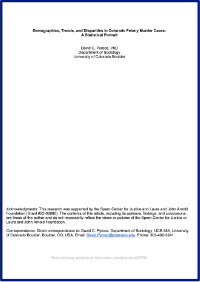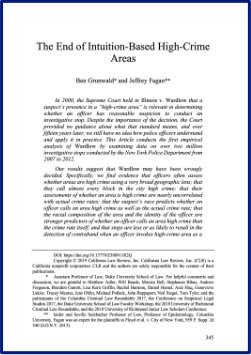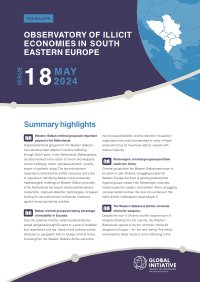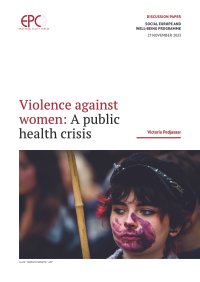By Colleen King
In December 2023, the United States Coast Guard (USCG) offloaded approximately 18,219 pounds of cocaine from the USCG Cutter Waesche. The estimated street value of the cocaine was more than $239 million. The offload occurred as a result of six separate maritime interdictions, performed by separate cutters, taking place over a 17-day period off the coasts of Mexico and Central and South America. The interdictions were performed as part of the USCG’s counternarcotics mission. While interdictions of this size may seem out of the ordinary, the USCG routinely interdicts a variety of vessels, including Go-Fast Vessels and semi submersibles, with massive amounts of drugs (usually cocaine), moving from the Pacific and Caribbean coasts of South America northward to Mexico, the Caribbean, and eventually the United States. One can imagine that prosecuting interdictions like these may raise a variety of questions: could the United States assert jurisdiction over the suspected traffickers; would the maritime location of the interdiction matter; and would it make a difference if the ship carrying the contraband was flagged—registered—by another country? What about the transit time to a U.S. court for an initial appearance where the interdiction occurred over a thousand miles from the United States? The dizzying array of issues confronting a federal prosecutor following a high seas interdiction may not be typical of land-based legal challenges. Fortunately, a body of both federal law and international authorities is instructive on these questions. The Maritime Drug Law Enforcement Act (MDLEA) is the United States’ principal statute addressing high seas drug trafficking and has supported thousands of prosecutions for decades. The MDLEA, as it re lates to controlled substances,5 prohibits the distribution, manufacture, or possession with intent to distribute or manufacture, controlled sub stances aboard a “covered vessel.” Its prohibitions apply “outside the territorial jurisdiction of the United States,” and include both attempt and conspiracy liability. And, where an interdiction occurs outside of the United States, venue may be appropriate in your district. This article is intended to serve as an MDLEA primer. It will provide a brief his tory of the MDLEA, identify the MDLEA’s core definitional provisions, discuss its key criminal prohibition, detail its jurisdiction and venue pro vision, describe the MDLEA’s position on the use of international law as a defense, and finally, address its sentencing provisions.
March 2024 DOJ Journal of Federal Law and Practice





















